Week 8
Computational Sociology
Christopher Barrie
Introduction
- Housekeeping
- Violence and Protest
Introduction: Violence and Protest
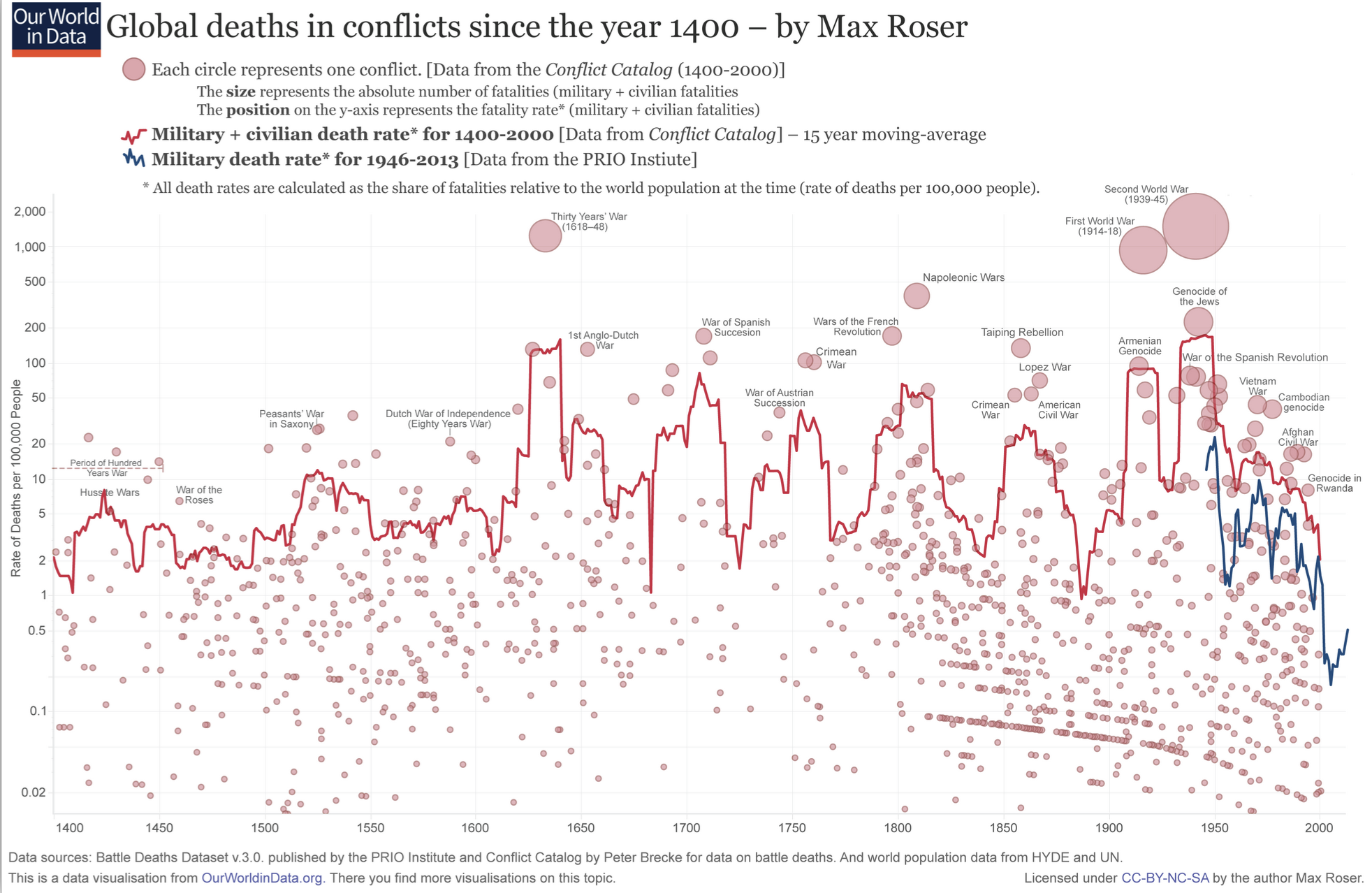
Introduction: Violence and Protest
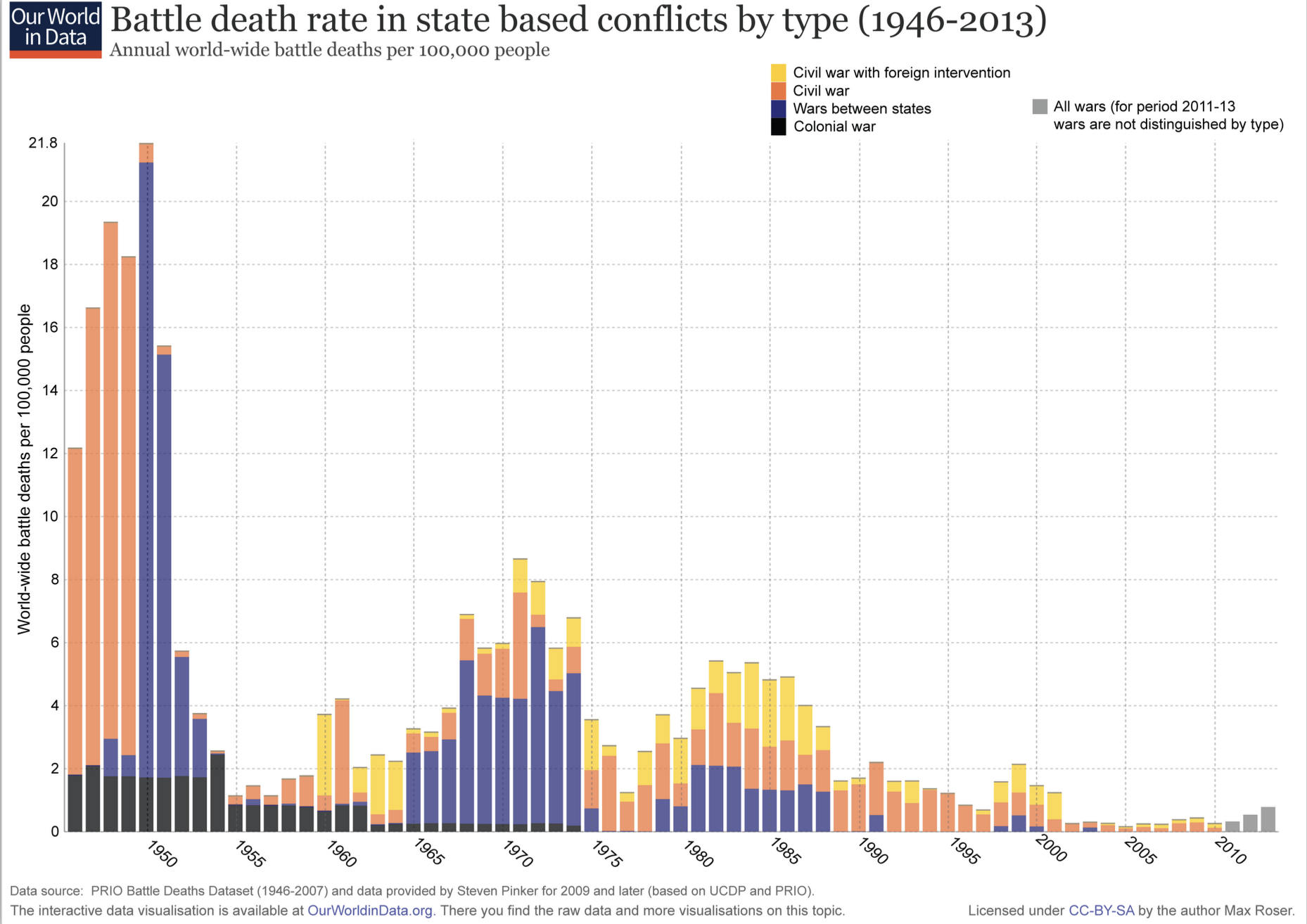
So… we’re all getting more peaceful, right?
So… we’re all getting more peaceful, right?
But what’s the counterfactual?
And how do we test this?
One hypothesis
Despite overall downward trend, social media/Internet has caused more violence than we otherwise would have seen.
Is this a claim people are making?
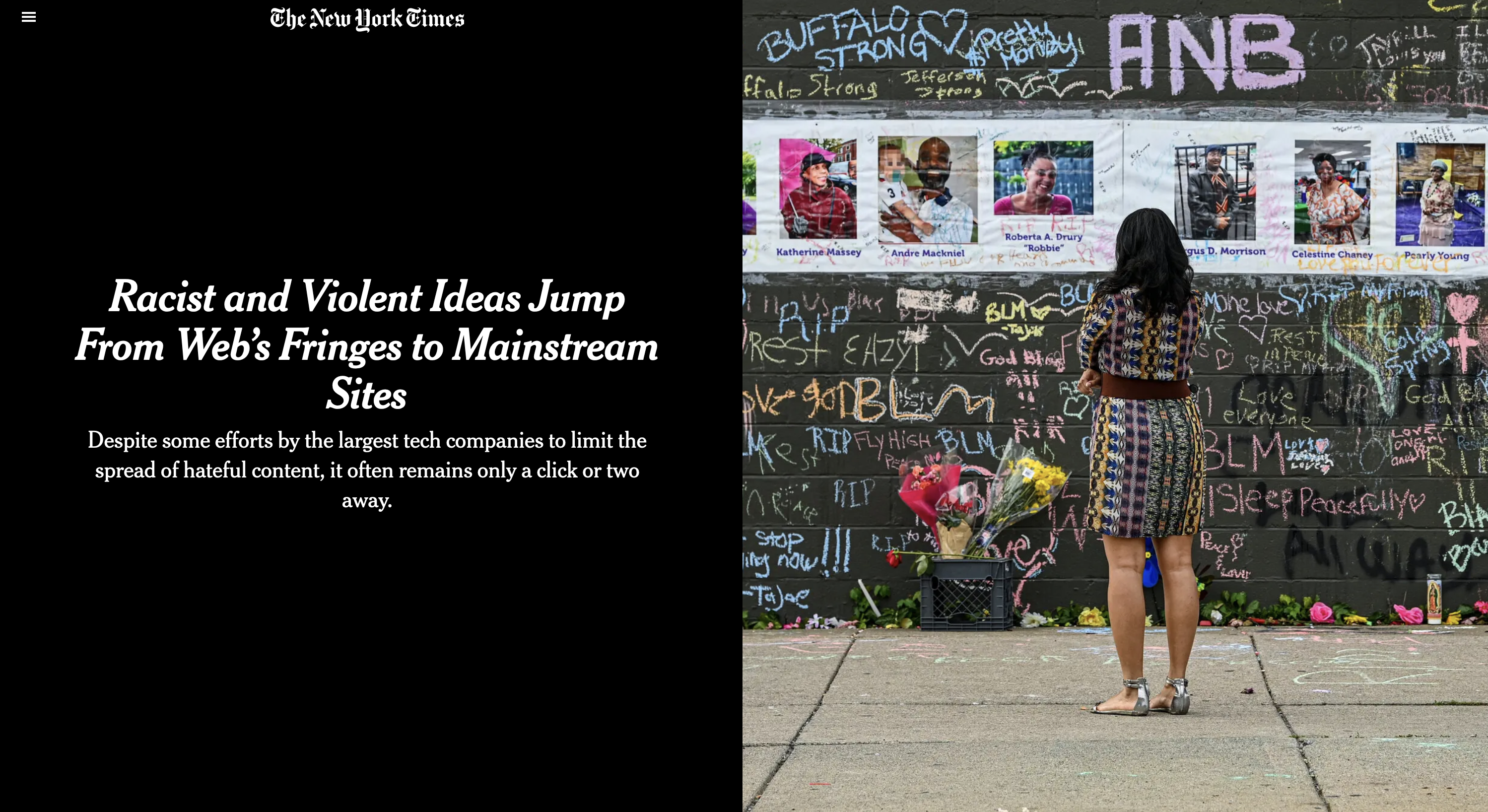
Is this a claim people are making?
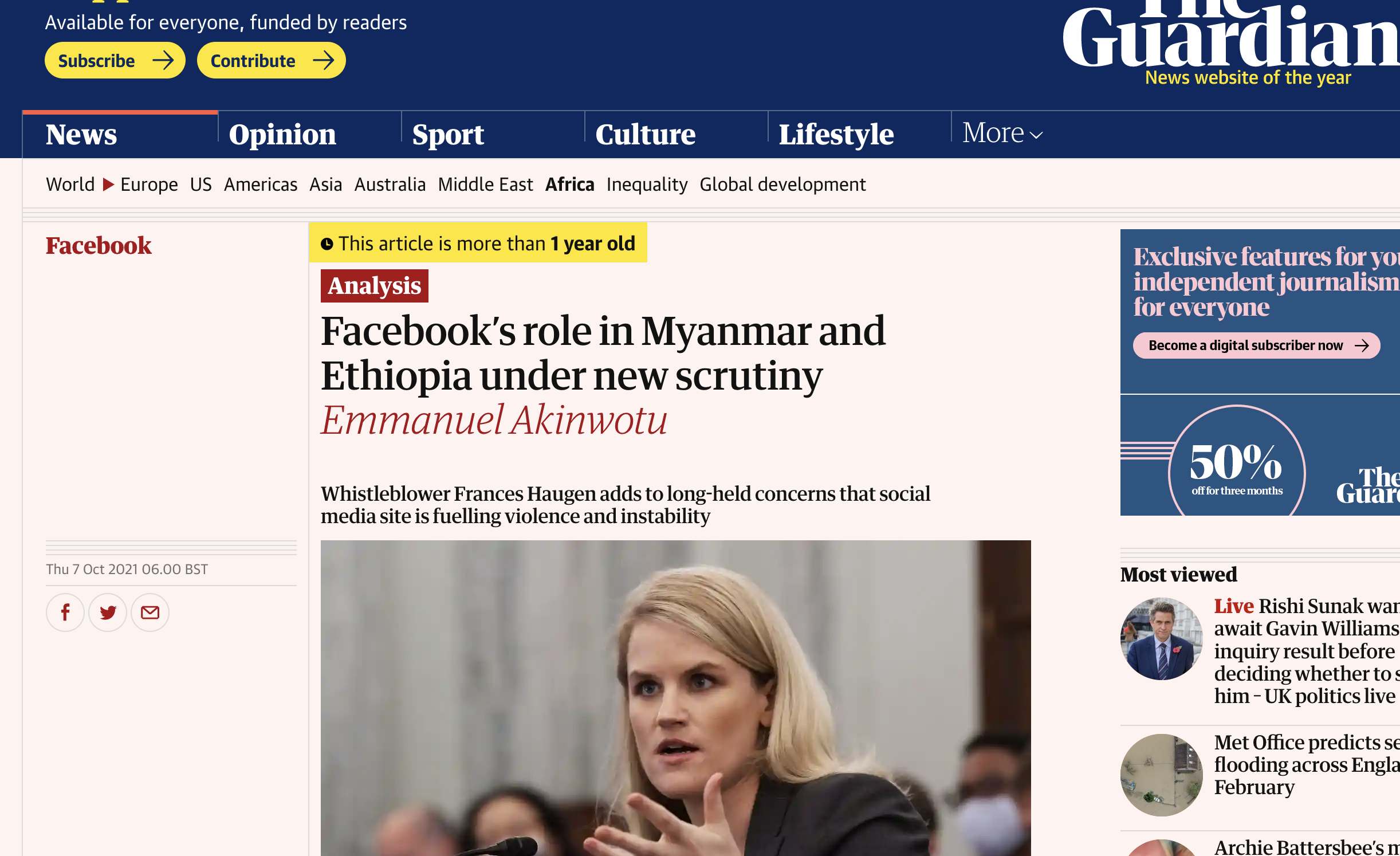
Why would social media promote violence?
<Go to chalkboard>
Why would social media promote protest?
<Go to chalkboard>
Why would social media promote violence?
Answers from the literature:
- Coordination (PIERSKALLA and HOLLENBACH (2013a))
- Cohesion (Little (2016) and Shirky 2008)
- Political communication–elites and others (Cao, Lindo, and Zhong (2022))
Why would social media promote violence?
Answers from the literature:
- Coordination
Collective action problems when organizing violence
Aids in monitoring free-riding
Aids tactical coordination
- Cohesion
- Political communication (elites or others?)
Why would social media promote violence?
Answers from the literature:
- Coordination
- Cohesion
Increased communication aids in formation of group identity
Increased communication aids in maintenance of loyalty
- Political communication (elites or others?)
Why would social media promote violence?
Answers from the literature:
- Coordination
- Cohesion
- Political communication (elites or others?)
Compare mass media persuasion to decentralized influence
Compare legacy news media to real-time dissemination of videos and images
Why would social media promote protest?
Answers from the literature:
Why would social media promote protest?
Answers from the literature:
Information
Information more readily available on extra-institutional forms of political behaviour
Information more readily available on the activities of governments and other actors
Coordination
Why would social media promote protest?
Answers from the literature:
Information
Coordination
We can more easily–and horizontally–coordinate with fellow protestors at once and without need for physical proximity
We can more easily observe what others are doing around us
Moralization
Why would social media promote protest?
Answers from the literature:
Information
Coordination
Moralization
- Platform affordances mean moralizing rhetoric receives more engagement
How have we studied this so far? PIERSKALLA and HOLLENBACH (2013b)
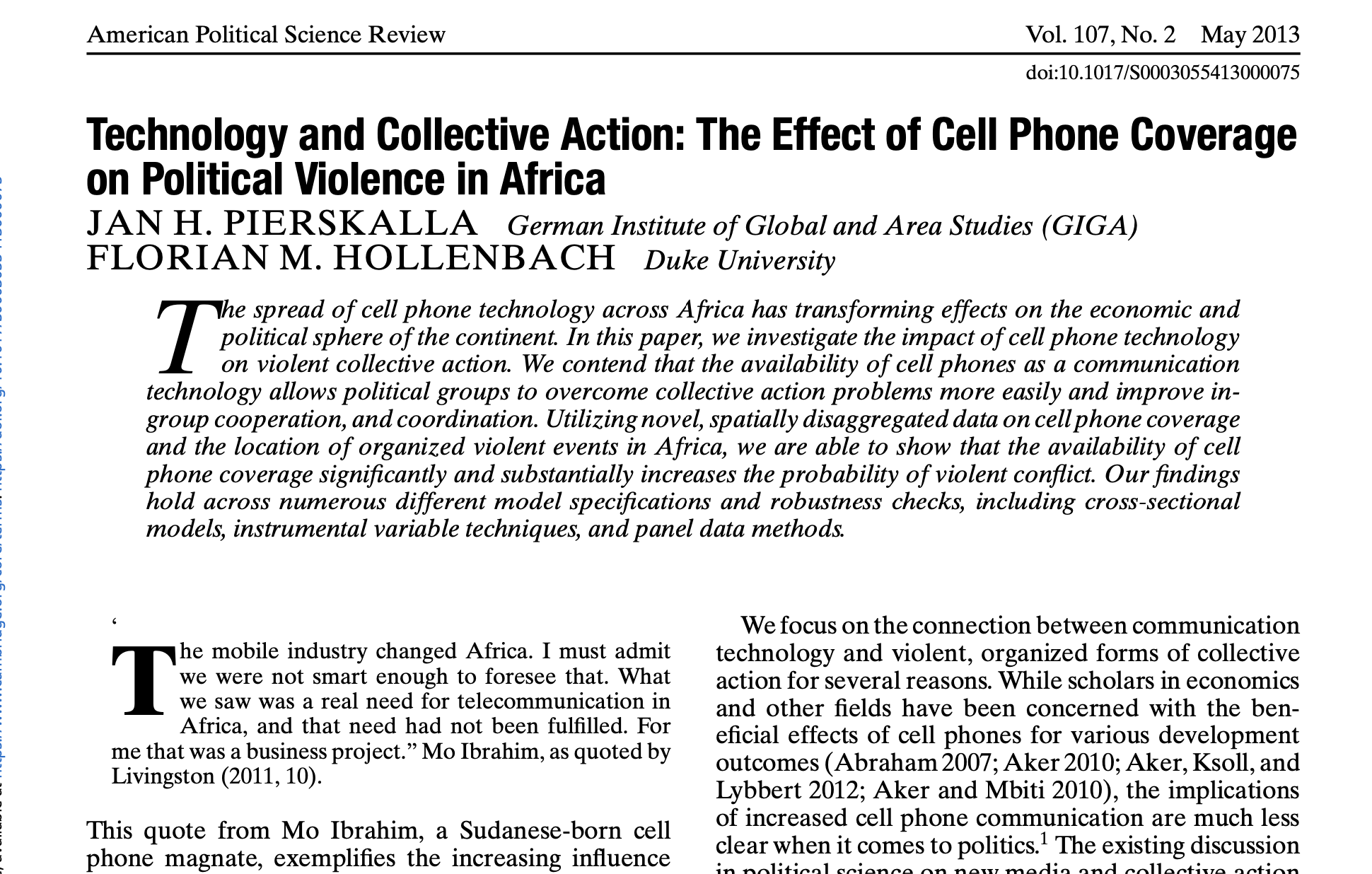
How have we studied this so far? PIERSKALLA and HOLLENBACH (2013b)
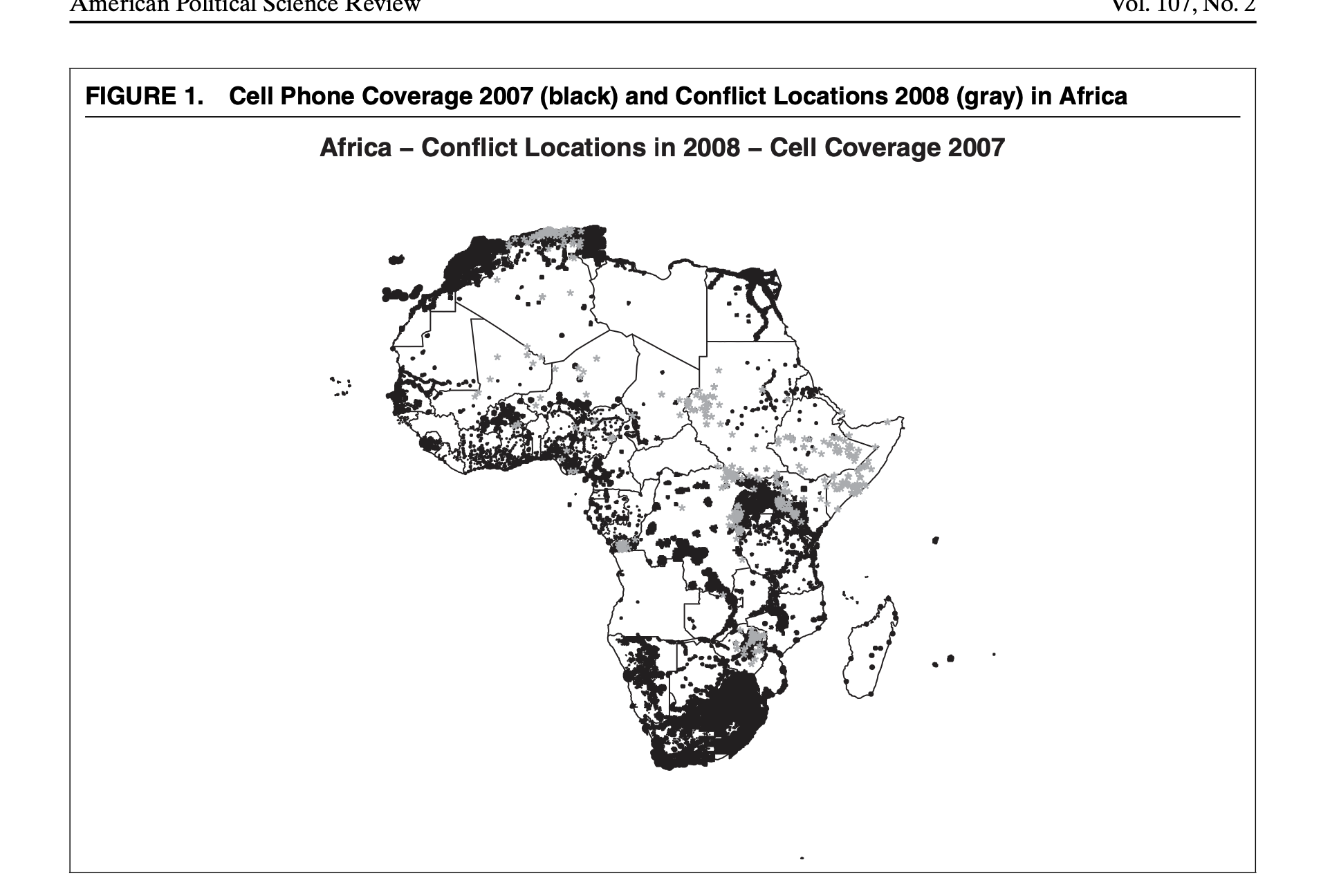
How have we studied this so far? PIERSKALLA and HOLLENBACH (2013b)
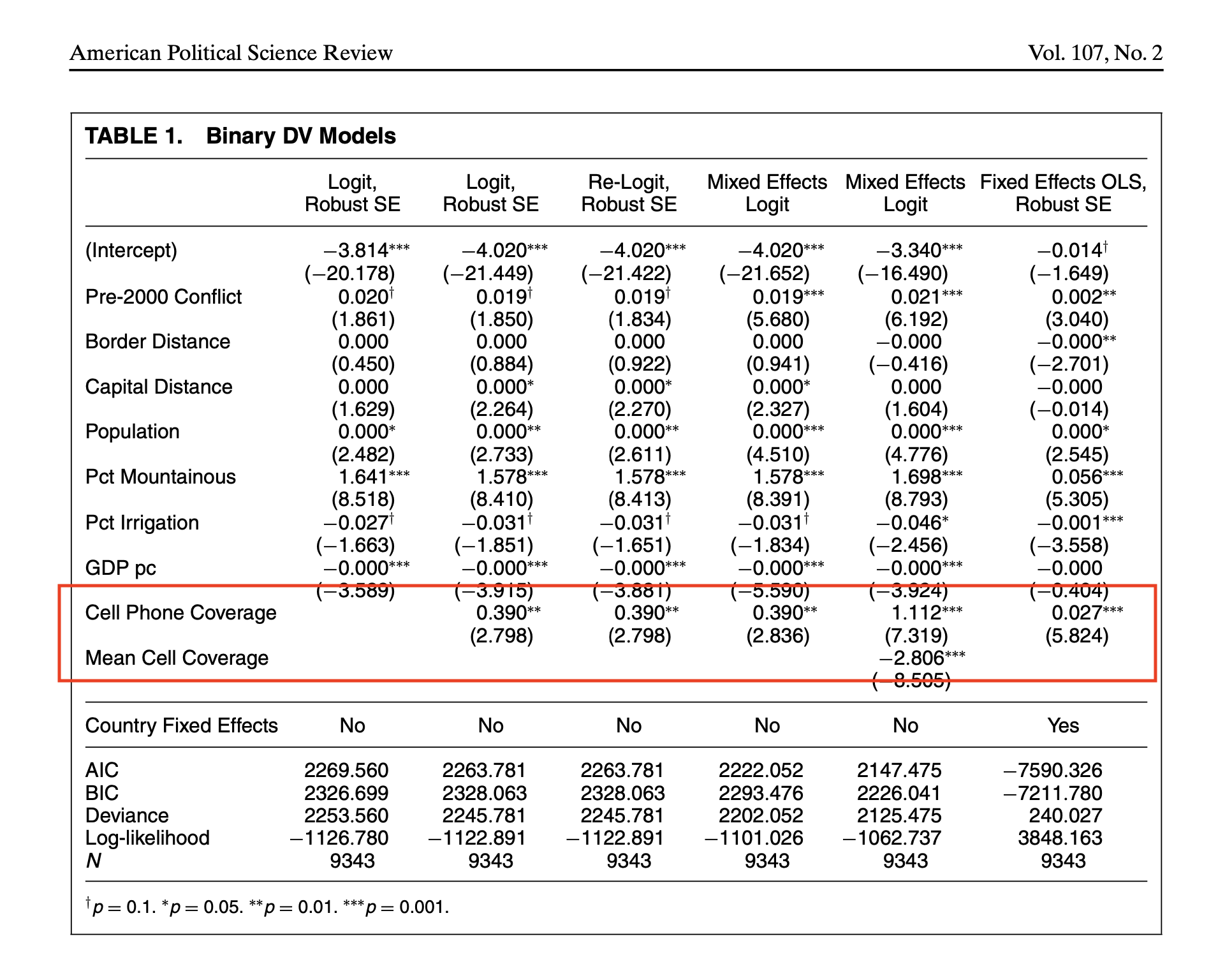
How have we studied this so far? PAN and SIEGEL (2019)
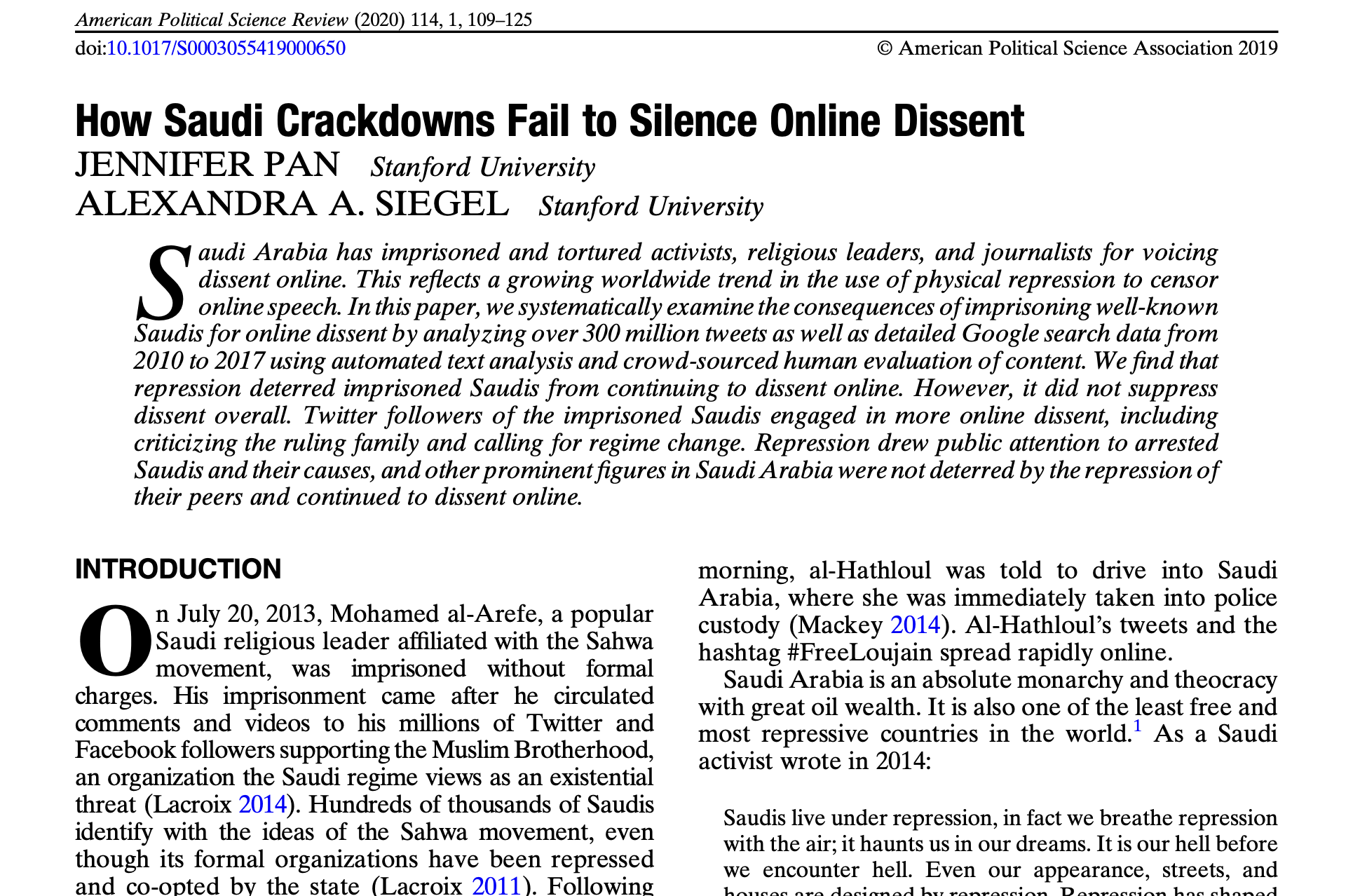
How have we studied this so far? PAN and SIEGEL (2019)
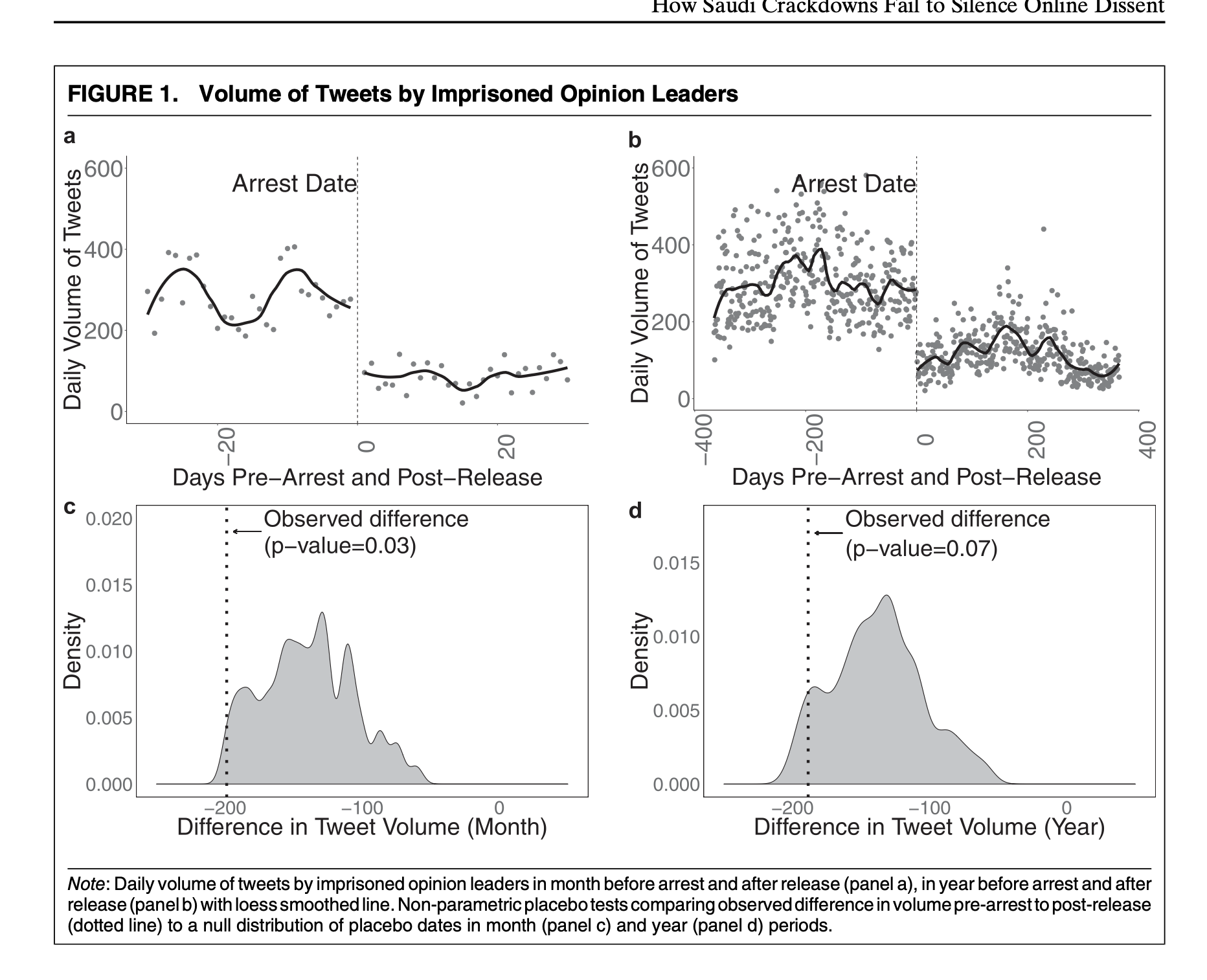
How have we studied this so far? PAN and SIEGEL (2019)
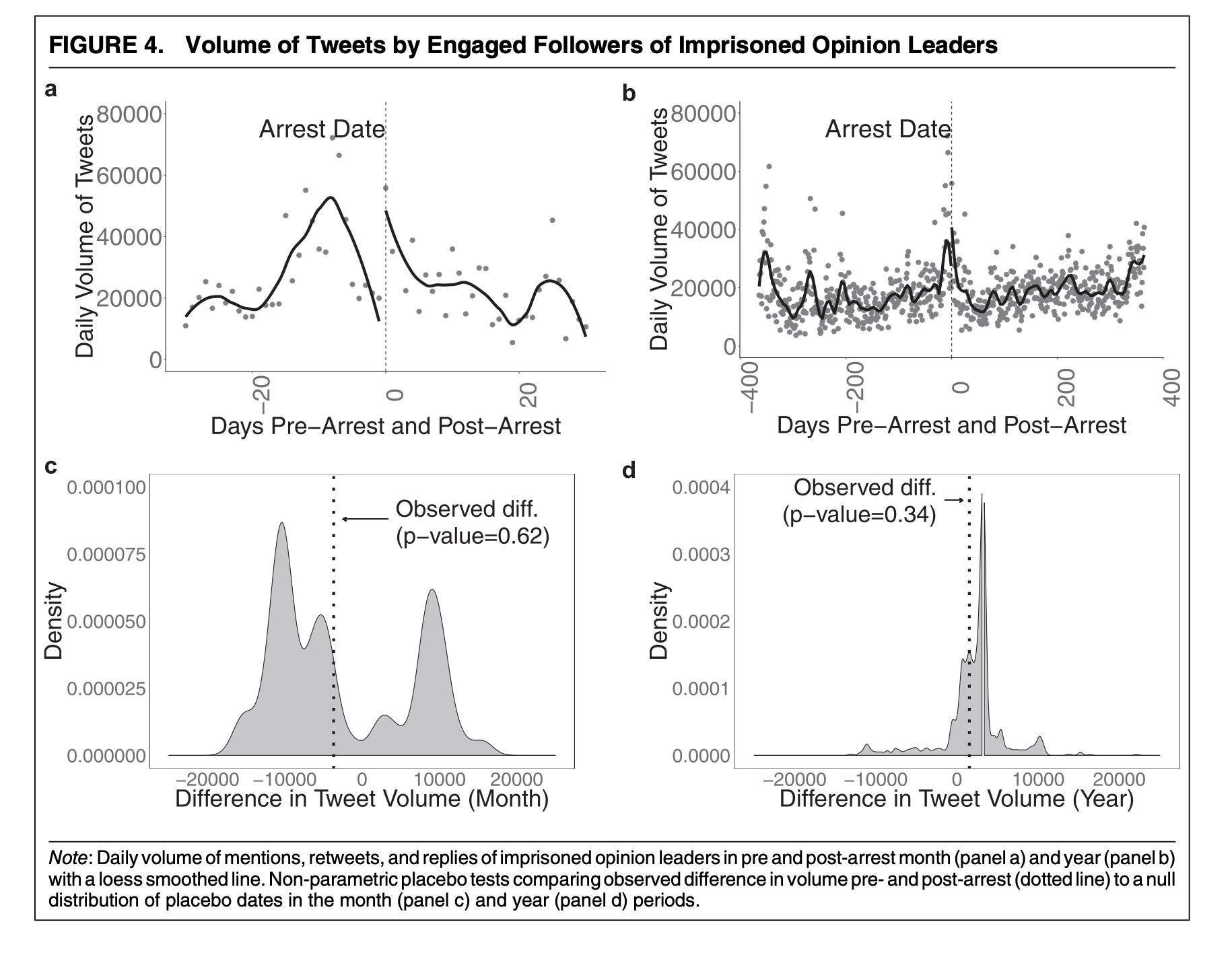
How have we studied this so far? Steinert-Threlkeld (2017)
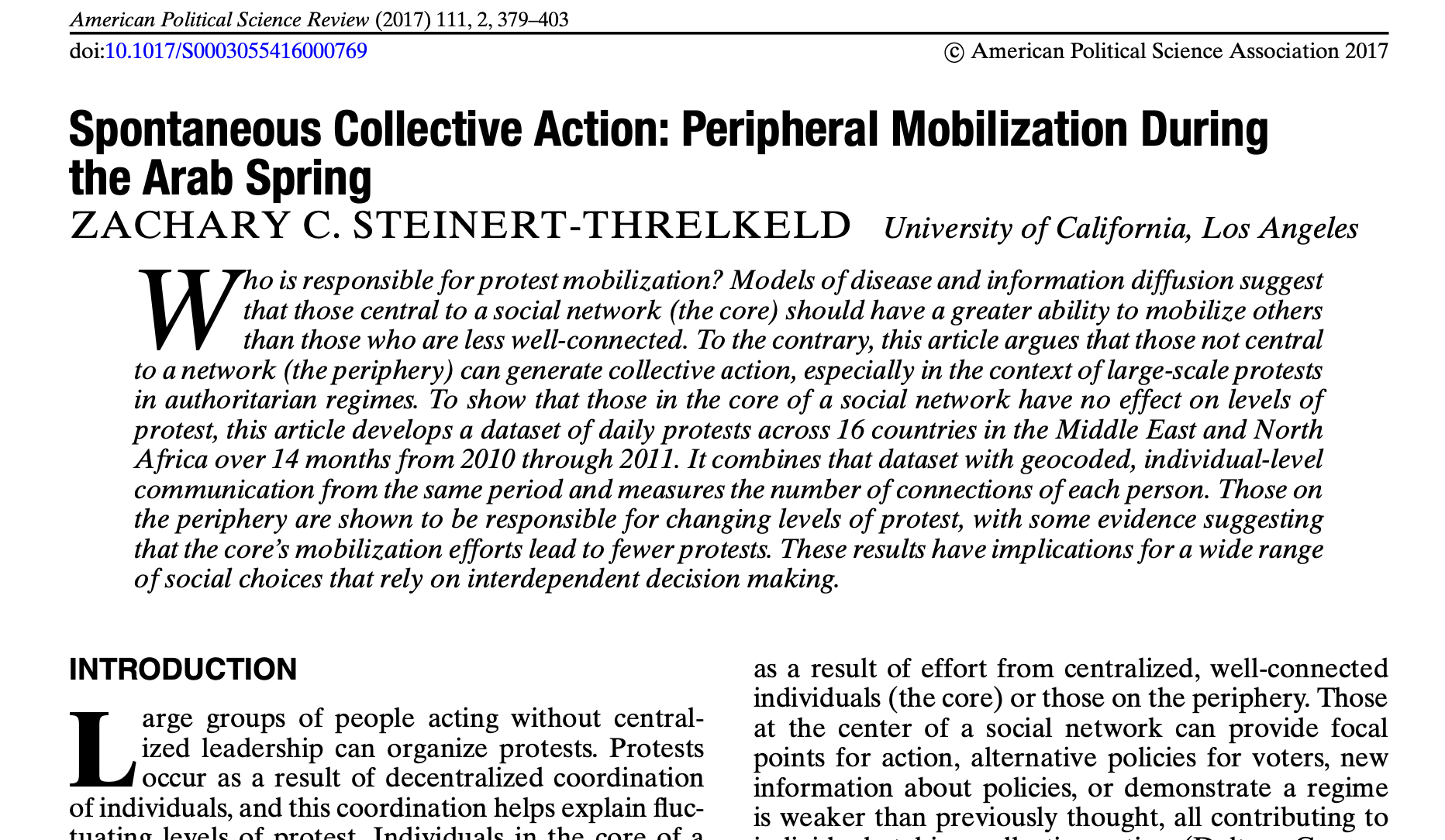
How have we studied this so far? Steinert-Threlkeld (2017)
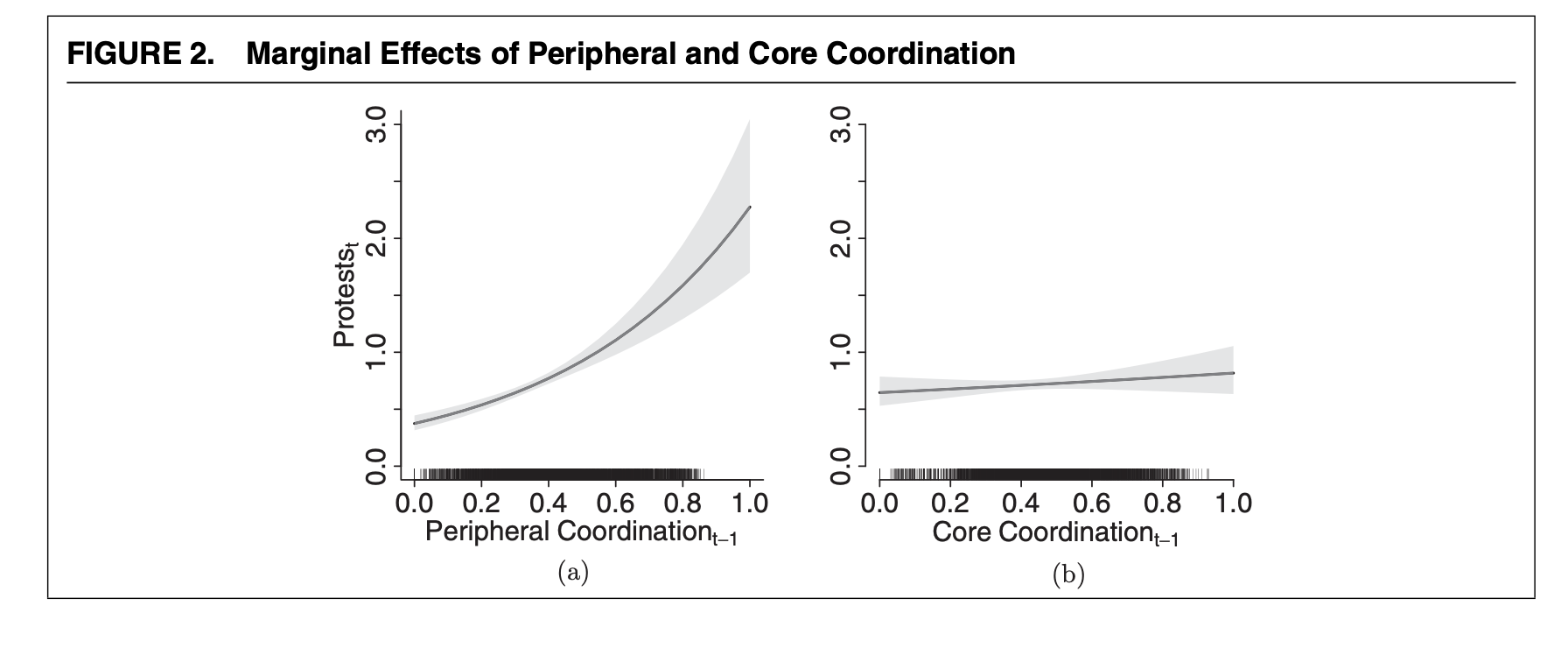
How have we studied this so far? Steinert-Threlkeld (2017)
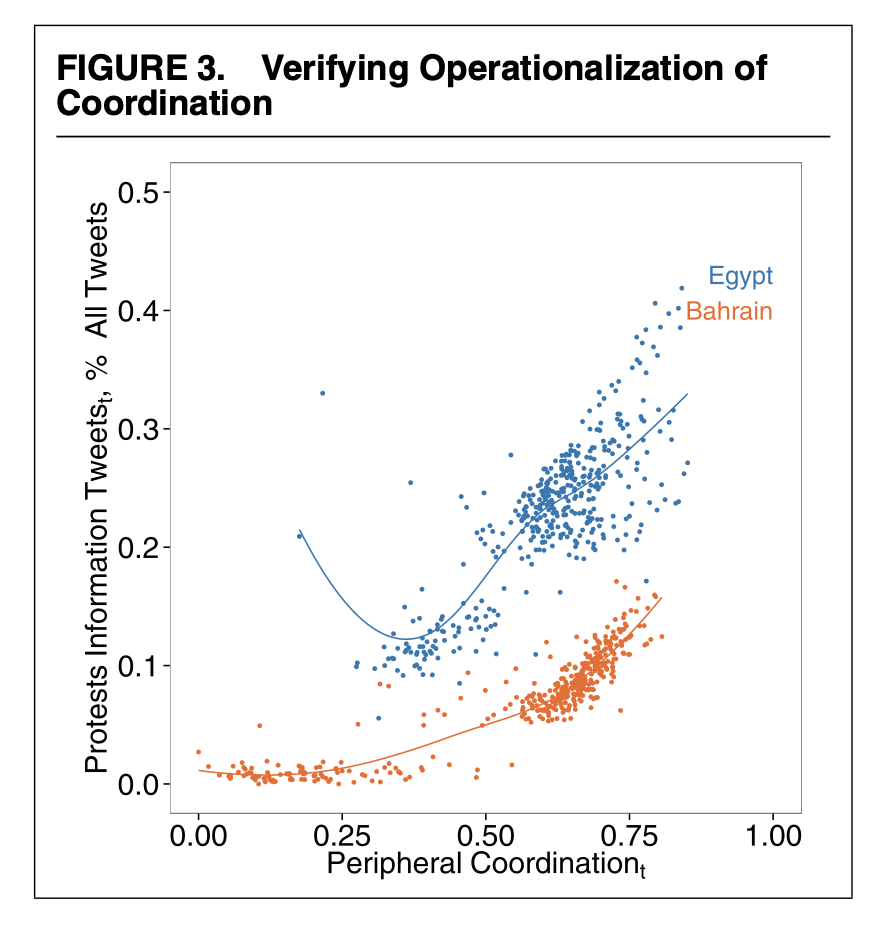
A note on computational thinking
This week:
- Using new media to derive proxies of coordination behaviour otherwise unmeasurable using traditional data sources
- Combining empirical documentary material with digital traces to understand the response to political repression